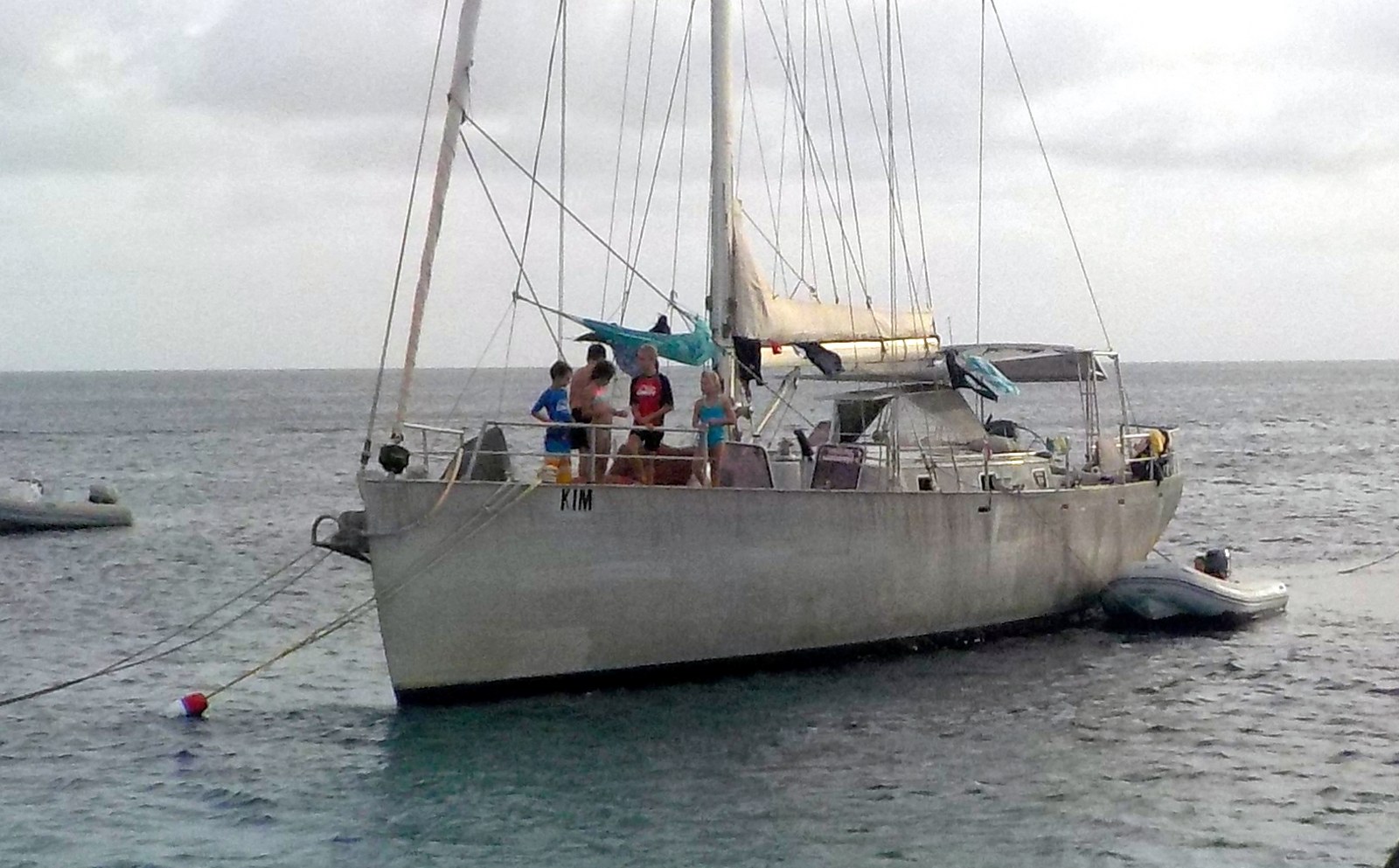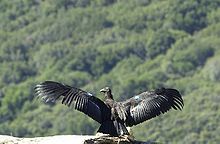.. (day 2) On mooring after hard night slamming against Henkies dock..
Next to/in front of the Kim
Appeltaart today .. Bas Birthday (1/10)
1st night.. at Henkies dock

Michiel and Joep..
No/little wind zone due to 'Kirk'.. Benz time 24 hrs..
I threw this one back 'on the hook' to catch something bigger.. I did, but again it took everything..
Annabel was not looking good.. now see new sprout coming...

















































